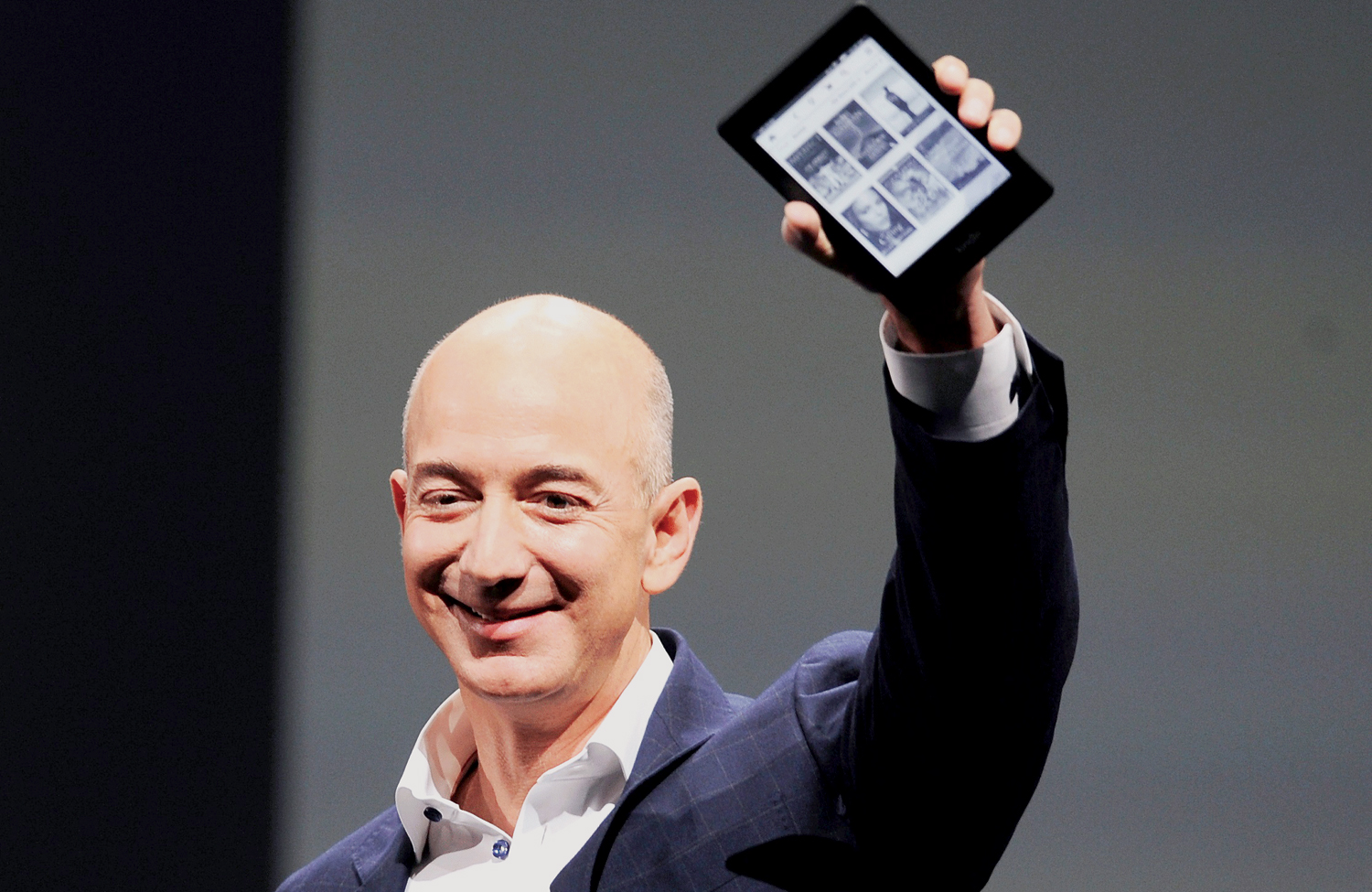

Two behemoth retailers are beginning to morph. Amazon founder Jeff Bezos is changing the e-commerce company by selling shelf space, opening stores and launching catalogues. Old-school rival Walmart, meanwhile, has refreshed Sam Walton’s model with recent online acquisitions like Jet.com. The market is bound to pick up on the similarities.
Amazon’s growth, while enviable, is slowing. Wall Street expects revenue to increase about 20 per cent in 2019, down from over 30 per cent the previous two years, according to Refinitiv data. That’s because there are fewer new markets to create or consumers to win over. The threat of looming regulation of tech giants and greater scrutiny of their dominance by trustbusters pose growing risks to M&A. That’s why Bezos is increasingly imitating what others have been doing.
Consider Amazon’s advertising effort. Lumped with some other services, this business should more than double in 2018 and looks set to continue its rapid ascent.
A product on the second page of a customer’s search results might as well not exist. But is this any different than companies paying for eye-level shelf placement at Walmart?
Likewise, Amazon continues to push its own-label goods, just as grocers have done for decades. Plans for a toy catalogues in time for the holidays echo newspaper circulars. And the rapid growth of Prime has parallels to membership fees at retailers like Costco.
Online retailers find that having stores near shoppers increases digital sales. That’s one reason Amazon bought Whole Foods Market. Yet this dynamic also helps Walmart’s push into online shopping.
The Bentonville, Arkansas outfit has juiced its digital strategy by spending nearly $20 billion on Jet.com and a controlling stake in India’s Flipkart.
The former helped Walmart boost US e-commerce revenue by 40 per cent year-over-year in the third quarter and take market share. Its huge physical footprint provides leverage for continued growth. So far, it has rolled out more than 2,000 pickup points for digital shoppers at its stores in the United States.
Sooner or later, shareholders will reflect the growing likeness between the two companies — bringing Amazon’s valuation down to earth.
It was valued at nearly 65 times the next 12 months’ earnings at the end of November, compared with just over 20 times for Walmart, according to Refinitiv. In five years, analysts expect those valuations to converge, putting Amazon at a P/E multiple of 20 and Walmart at 18.
Granted, Amazon’s earnings are expected to grow much faster than Walmart’s thanks to its booming cloud-computing division. But retail disruption is becoming a two-way street. — Reuters
Oman Observer is now on the WhatsApp channel. Click here



